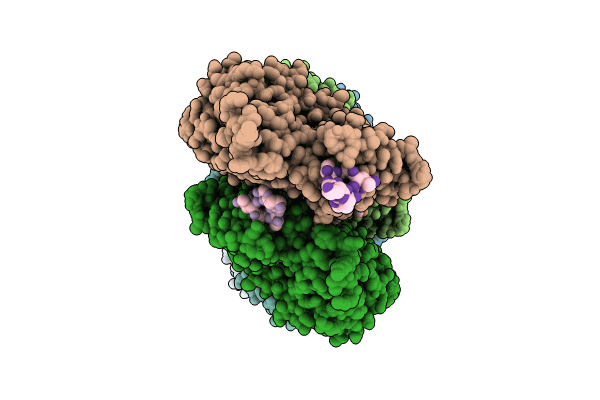
Deposition Date
2024-10-04
Release Date
2024-10-23
Last Version Date
2024-12-11
Entry Detail
PDB ID:
9DUU
Keywords:
Title:
Cryo-EM structure of recombinant wildtype ACTA1 phalloidin-stabilized F-actin
Biological Source:
Source Organism:
Homo sapiens (Taxon ID: 9606)
Amanita phalloides (Taxon ID: 67723)
Amanita phalloides (Taxon ID: 67723)
Host Organism:
Method Details:
Experimental Method:
Resolution:
3.40 Å
Aggregation State:
FILAMENT
Reconstruction Method:
HELICAL


